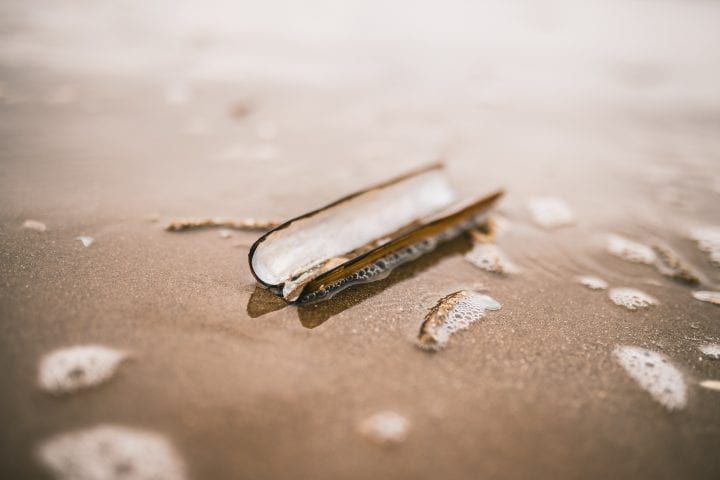Membrane from Deakin University is made of aramid nanofibers with boron nitride that harvest osmotic energy while providing structural reinforcement.
Benefits
- Robust
- Scalable
Applications
- Renewable energy
UN Sustainable Development Goals Addressed
-

Goal 7: Affordable & Clean Energy
-

Goal 13: Climate Action
The Challenge
Standard osmotic energy generators are consistently made of clay, graphene oxide, MXene, and molybdenum disulfide nanomaterials. Over time, these materials disintegrate, and the membrane becomes unusable.
Innovation Details
The nanocomposite membrane is an osmotic energy generator that leverages the pressure and salinity gradient between salt and fresh water to create energy. The membrane is made of aramid nanofibers and boron nitride. The boron nitride is the nanosheet base that facilitates the ion transport and the aramid nanofibers provide the structural reinforcement.
Biomimicry Story
Humans have soft tissues, such as cartilage, that facilitate joint movement and provide support to maintain the shape of our bodies. Additionally, humans have hard tissue, such as bone, that protect organs and support muscles to allow us to move.





